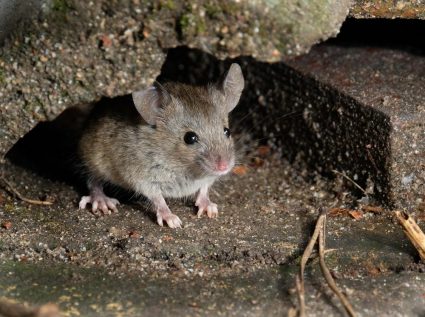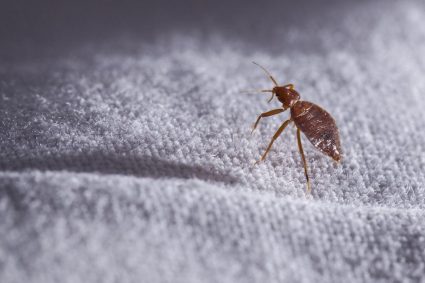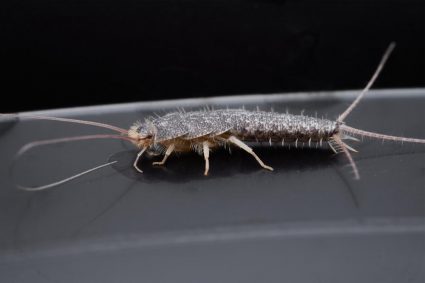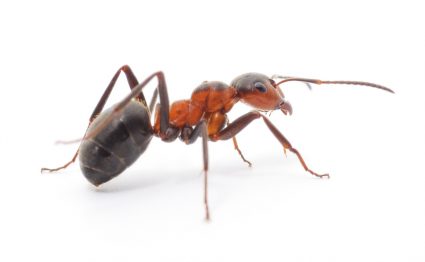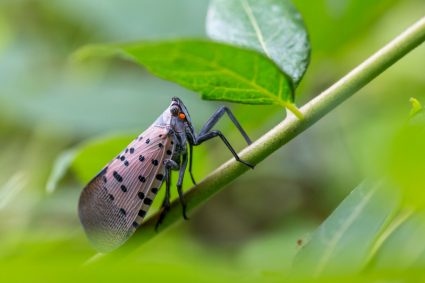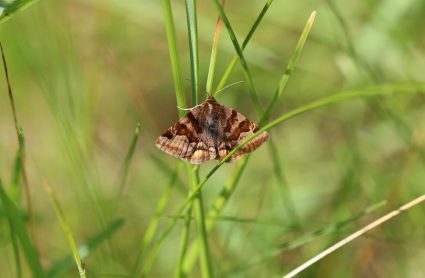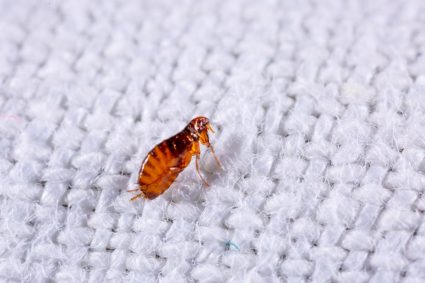
Sand fleas, also known as sand hoppers or beach hoppers, are small crustaceans that are often mistaken for the biting insects that share their name. These creatures are actually more closely related to crabs and lobsters and are primarily found along sandy coasts and in coastal marshes. But what exactly are sand fleas attracted to? The answer to this question lies in understanding their feeding habits, habitats, and behaviors.
Sand fleas are primarily attracted to organic matter such as decaying seaweed, plankton, and detritus, as well as dead plants and animals. They are also attracted to the blood of animals and humans, movement, and heat. Sand fleas are most active during the cooler parts of the day and in specific environments like sandy beaches, coastal marshes, swash zones, desert regions, and swampy areas near water bodies.
What Sand Fleas Are Attracted To
Sand fleas are primarily attracted to organic matter and small organisms. They feed on organic debris such as decaying seaweed, plankton, and detritus, as well as dead plants and animals. They are also attracted to the blood of animals and humans, movement, and heat.
Sand Fleas’ Preferred Environment
Sand fleas are most commonly found in specific environments such as sandy beaches, coastal marshes, swash zones (the areas on sandy beaches where waves break and wash up on the shore), desert regions, and swampy areas near water bodies. They are most active at night when they emerge to forage for food.
Misconceptions About Sand Fleas
Contrary to popular belief, sand fleas from the family Talitridae do not bite humans or pets. They feed on organic matter and are most active during nighttime, preferring to stay within their sandy beach environments. The confusion often arises because people mistake sand fleas for Chigoe fleas (Tunga penetrans) or sand flies, which do bite.
How To Prevent Sand Flea Bites
While bites from true sand fleas are not a concern, those from other creatures often mistaken for sand fleas can be. To prevent bites, visit the beach during mid-morning to early afternoon when these pests are less active. Use insect repellents and cover your skin with long-sleeved shirts and pants. Place a towel or blanket on the sand as a barrier. Avoid areas with seaweed, which are prime feeding grounds for sand fleas.
Conclusion
Understanding what attracts sand fleas can help you avoid them and enjoy your time at the beach without discomfort. Remember, sand fleas are attracted to organic matter, movement, and heat. They are most active during the cooler parts of the day, so plan your beach visits accordingly. Use insect repellents and cover your skin to prevent bites. By following these tips, you can reduce the risk of attracting sand fleas and ensure a pleasant beach experience.
For more information on sand fleas and how to avoid them, visit this website.
Frequently Asked Questions
Are sand fleas harmful to humans?
True sand fleas from the family Talitridae are not harmful to humans as they do not bite. However, Chigoe fleas or sand flies, often mistaken for sand fleas, do bite and can cause discomfort.
What is the lifespan of a sand flea?
The lifespan of a sand flea varies depending on the species. Some types of sand fleas can live for up to a year.
How can I get rid of sand fleas in my home?
Sand fleas typically prefer outdoor environments and are not common household pests. If you suspect an infestation, it’s best to call a professional pest control service.
Do sand fleas carry diseases?
True sand fleas do not carry diseases. However, other biting insects often mistaken for sand fleas, like sand flies, can potentially transmit diseases.
Can sand fleas survive in freshwater?
No, sand fleas cannot survive in freshwater. They are marine creatures that thrive in salty environments like beaches and coastal marshes.

